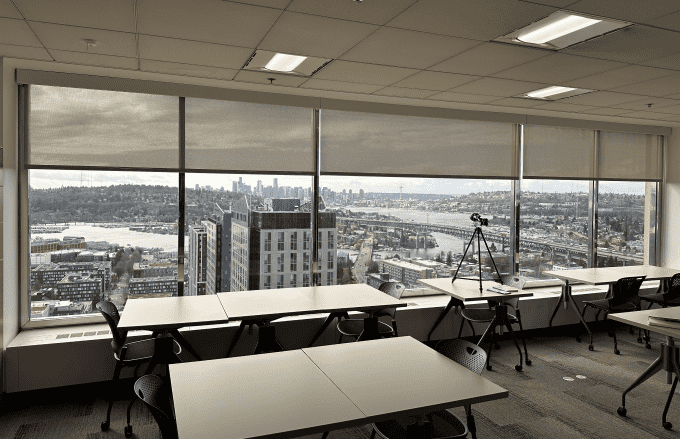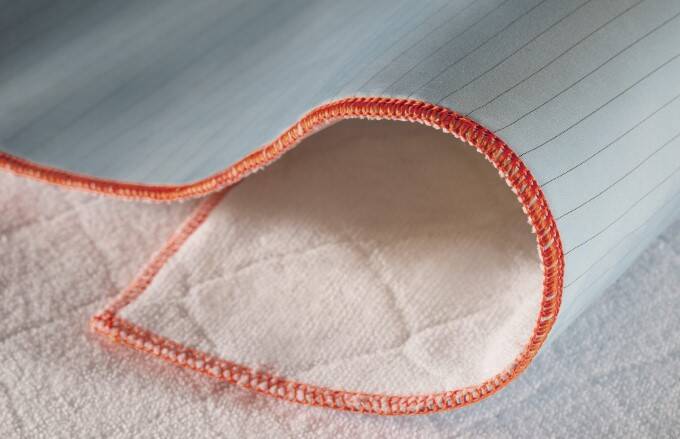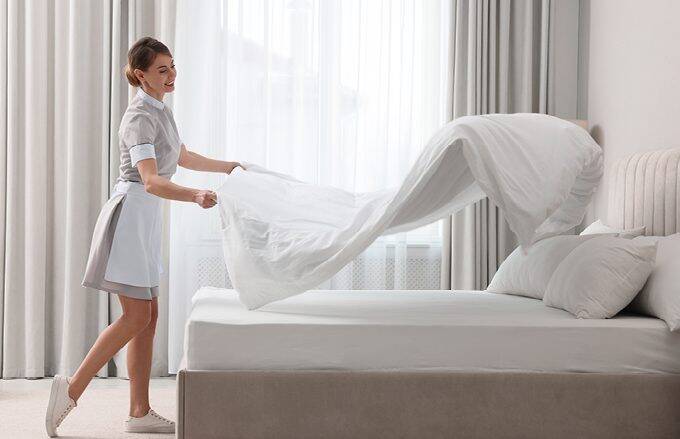July 24, 2024
[Case Study] University of Washington: A Productive Partnership

Background:
The University of Washington (UW) owns a 22-story, 500,000 square foot commercial office space called the Tower Complex. Built in 1970, the building’s original drapery was beginning to draw complaints due to being soiled, outdated, and in some cases, disintegrating. It was clear that a replacement solution was needed.
Challenges:
With nearly 1,000 windows in total, UW determined it was not feasible to complete this project using internal resources. And because the tower complex is an occupied building with minimal storage space, careful coordination with building staff and a “just-in-time” delivery system would be needed to minimize disruptions.
Discover how Standard Textile and the University of Washington partnered to solve these complex challenges
Related Content

Case Study: Sustainability & Cost Savings with Pre-Laundered Linens
Learn how a healthcare system in a major US city achieved considerable cost-saving, while reducing their environmental impact.

Case Study: Moving to a Reusable Underpad System
With waste disposal costs rising and meticulous value analysis being increasingly important, one large U.S. hospital wanted to examine both patient experience and the cost-saving opportunities in switching to a reusable incontinence pad.

Time and Motion Study | How to Help Hotel Housekeeping Improve Efficiency
For many properties, a housekeeping time and motion study is a useful tool to help evaluate the housekeeping process and potentially improve efficiency.